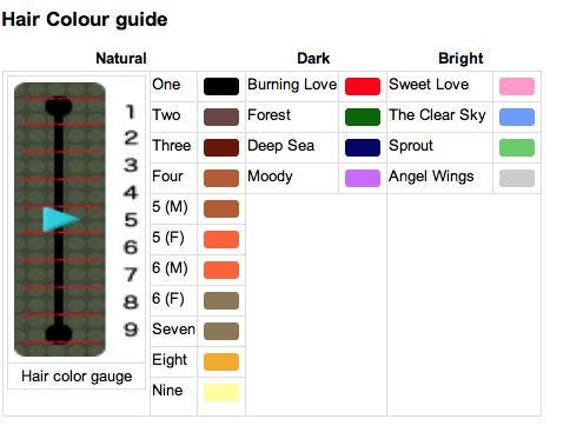

The race's average life expectancy is 100 years, but some of Tolkien's main hobbit characters live much longer: Bilbo Baggins and the Old Took are described as living to the age of 130 or beyond, though Bilbo's long lifespan owes much to his possession of the One Ring. In Tolkien's fictional world, hobbits and other races are aware of the similarities between humans and hobbits (hence the colloquial terms for each other of " Big People" and "Little People") nevertheless, the hobbits consider themselves a separate people. Tolkien presented hobbits as relatives of the human race, or a "variety" or separate "branch" of humanity. Clothing: green velvet breeches red or yellow waistcoat brown or green jacket gold (or brass) buttons a dark green hood and cloak (belonging to a dwarf). The feet from the ankles down, covered with brown hairy fur. A round, jovial face ears only slightly pointed and 'elvish' hair short and curling (brown). I picture a fairly human figure, not a kind of 'fairy' rabbit as some of my British reviewers seem to fancy: fattish in the stomach, shortish in the leg. Tolkien clarified their appearance in a 1938 letter to his American publisher: Hobbits are not quite as stocky as the similarly sized dwarves, but still tend to be stout, with slightly pointed ears. Their feet are covered with curly hair (usually brown, as is the hair on their heads) and have leathery soles, so hobbits hardly ever wear shoes. For the most part, they cannot grow beards, but a few of the race of Stoor can. Nowadays (according to Tolkien's fiction), they are usually shy, but are nevertheless capable of great courage and amazing feats under the proper circumstances. They dress in bright colours, favouring yellow and green.

Tolkien describes hobbits as between two and four feet (0.6–1.2 m) tall, with the average height being three feet six inches (110 cm). The usage has been taken up by fantasy authors including Terry Brooks, Jack Vance, and Clifford D. Halflings appear as a race in Dungeons & Dragons, the original name hobbits being later avoided for legal reasons. Some scholars have noted correspondences with rabbits, but Tolkien emphatically rejected a relationship with rabbits, and emphasized hobbits' humanity. There is a connection with old names for ghostly creatures, which include bogles, hobbits, and hobgoblins. The origins of the name and idea of "hobbits" have been debated literary antecedents include Sinclair Lewis's 1922 novel Babbitt, and Edward Wyke Smith's 1927 The Marvellous Land of Snergs. Tolkien hints that there may be other hobbit settlements thereabouts, but they are never visited in the story. They also live in a village east of the Shire, called Bree, where they co-exist with regular humans. In The Hobbit, hobbits live together in a small town called Hobbiton, which in The Lord of the Rings is identified as being part of a larger rural region called the Shire, the homeland of the hobbits in the northwest of Middle-earth. In its sequel, The Lord of the Rings, the hobbits Frodo Baggins, Sam Gamgee, Pippin Took, and Merry Brandybuck are primary characters who all play key roles in fighting to save their world (" Middle-earth") from evil. Hobbits first appeared in the 1937 children's novel The Hobbit, whose titular hobbit is the protagonist Bilbo Baggins, who is thrown into an unexpected adventure involving a dragon.

Their feet have naturally tough leathery soles (so they do not need shoes) and are covered on top with curly hair. Occasionally known as halflings in Tolkien's writings, they live barefooted, and dwell in homely underground houses which have windows, as they are typically built into the sides of hills. About half average human height, Tolkien presented hobbits as a variety of humanity, or close relatives thereof.

Hobbits are a fictional race of people in the novels of J. Tolkien's legendariumīilbo Baggins, Frodo Baggins, Samwise Gamgee, Meriadoc Brandybuck, Peregrin Took, Gollum


 0 kommentar(er)
0 kommentar(er)
